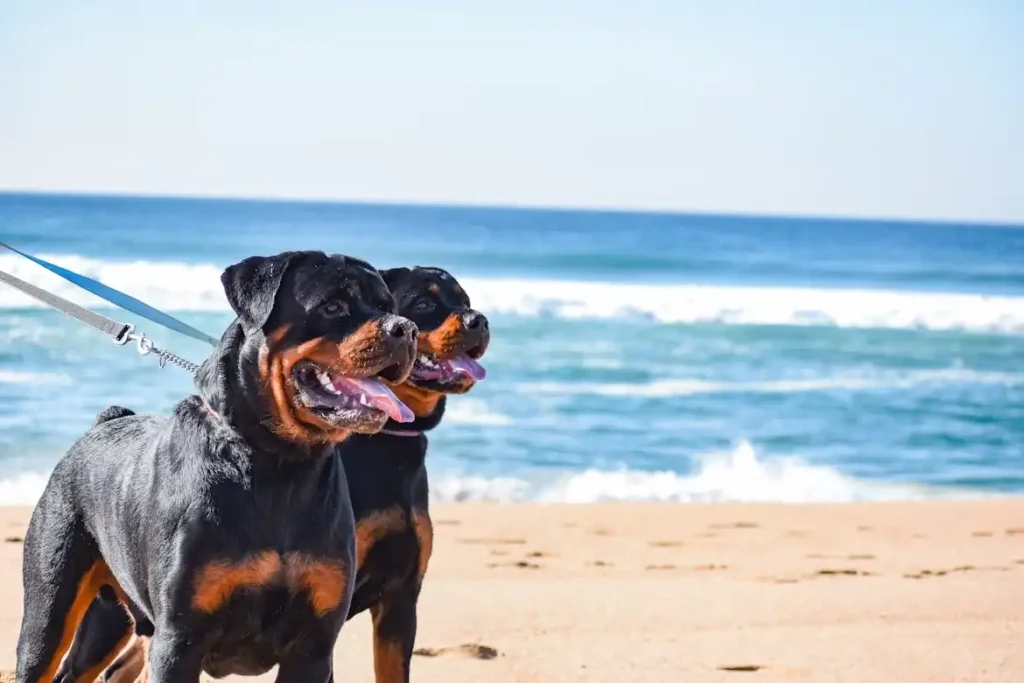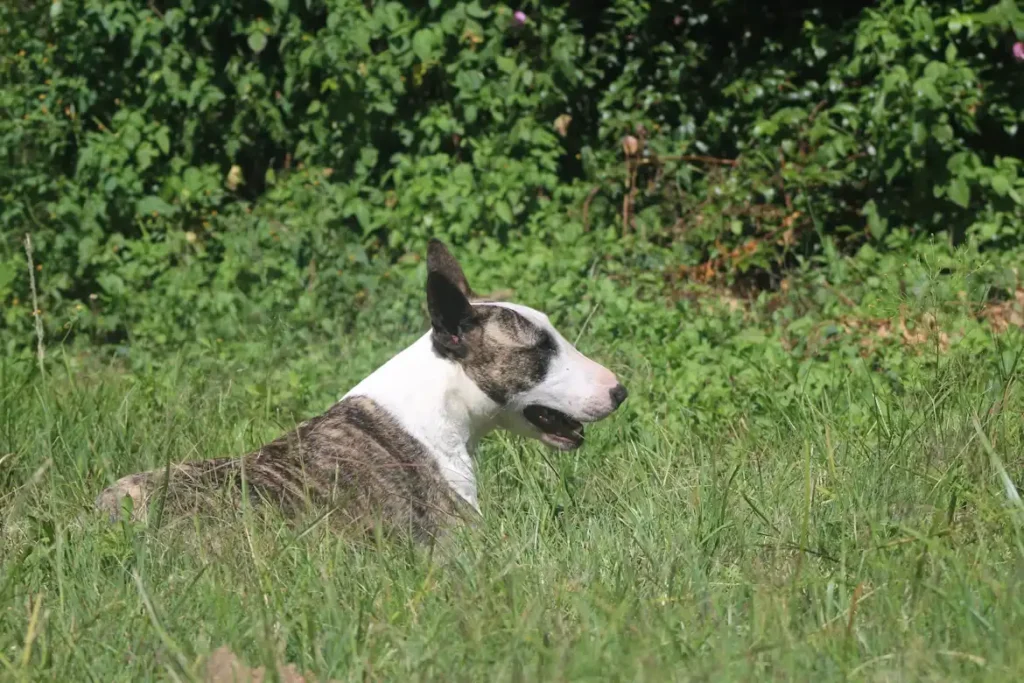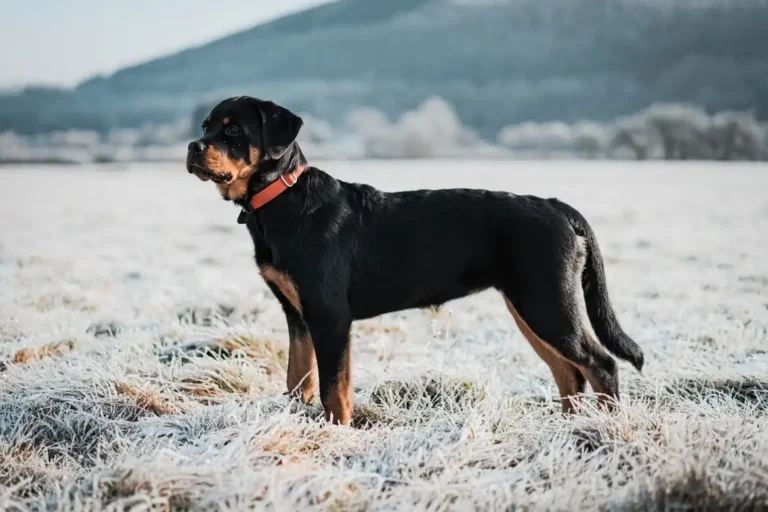The Most Evil Dogs In The World
Dog aggression is a problem that many dog lovers have encountered. Unfortunately, children are the ones who suffer from it most often. In our country, the culture of raising pets is still quite low, so even a “quiet” dog can be a source of danger and aggression. Almost always, the owner is to blame for the lack of socialization of the pet. Beware of Dog: Types of Aggression Ethology is a discipline of zoology that studies animal behavior, where many types of aggression in dogs are distinguished. Let’s consider the types that most influence the behavior of pets towards children, owners, and otherworldly people.
Predatory
Almost all dogs have a predatory instinct, and its natural manifestation is the animal running after a moving object. In such cases, the dog may bite the caught “victim”. Sometimes the predator instinct manifests itself in relation to people. As a rule, this is typical for homeless (stray) dogs that do not interact with people. There are known cases when pets attacked children who could not yet walk. The likelihood of an attack on a child increases if the dog has not previously interacted with small children. However, such behavior is rare for domestic dogs.
Hierarchical
In nature, animals live in a pack, and accordingly exist, adhering to the pack hierarchy. Some individuals are dominant, while others have a lower status. Therefore, a family for a dog is a pack, where it wants to take a dominant position, pushing aside the weaker ones (mainly children). Sometimes it perceives the actions of family members as an attempt to take its position. Often the initial signs of this aggression go unnoticed. For example, a puppy growls, guarding its food.
The owner thinks that the dog is simply very hungry. Another striking example is the imitation of sexual intercourse with subordinate individuals (toys, furniture) in the presence of people. This is how the dog shows that it is not subordinate to the owner. If such behavior is not stopped, the animal thinks that it will continue to rise one step higher in relation to all or one member of the family. As a result, the dog may show aggression towards its owners and begin to bite them, showing that it is the leader and has the right to punish individuals of lower status.
Painful
Pain aggression occurs when an animal experiences severe pain or unwanted physical contact. For example, an attempt by the owner to disturb a sick pet. If the animal suddenly becomes aggressive, it should be shown to a veterinarian. Joint disease, fractures, infections that the owner is unaware of can provoke aggressive behavior, even if it is not typical for a pet. It is important to take precautions when in contact with a sick pet. Elbow pads and protective gloves are necessary for carrying such an animal.
Aggressionof fear
A dog can become dangerous if it wants to protect itself from an incomprehensible or scary phenomenon. Most often, a frightened animal retreats, but it can also attack if it feels cornered. Some owners punish their pet physically.
Domestic dogs usually tolerate this. But in the case of more serious punishment, they are capable of biting a person. It is because of fear that pets bite small children. This mostly happens to dogs that do not know what children are. The strange waving of arms and sounds made by children are perceived by the animal as a danger. Adults should explain to the child that it is forbidden to pester a strange dog, and if possible, do not leave the child alone with the dog.
Territorial
This type of aggression is expressed in the protection of the territory. Moreover, the dog protects not only its place, but also objects, areas (toys, fence), which have nothing to do with the owner. Often such dogs are aggressive towards guests, neighbors, whom they meet on the landing. First of all, hostility is characteristic of watchdogs, less often hunting dogs. More often, the territorial type manifests itself with clear territorial boundaries (house, car, fence). Many pets guard their place where they are currently resting or just located. Unconsciously, territorial aggression is reinforced by owners when walking in the same area.
Phases of aggressive behavior
Specific behavioral sequence of a dog attack: Intimidation, threat . The animal begins to bare its teeth, growl, its fur rises, its tail and ears tense up. Attack . Attacks and abruptly tries to grab the “victim” with its teeth. In nature, animals grab their relatives this way, pressing them to the ground and forcing them to take a submissive pose. Calming .
The winning dog rests its paws on the defeated one. In a pack, the subordinate individual is usually bitten or saddled. In the case of an attack on the owner, the pet licks the bitten place. The person thinks that the pet is apologizing, but this is not so. On the contrary, the dog demonstrates its superiority. With certain types of aggression, some phases are missing. For example, if a pet is in pain, it will bite the owner without warning, who is causing it pain by their actions. And it happens that after calming down, the dog attacks again.
The Most Evil Dogs
With improper training and education, any pet can become an aggressive and angry dog. But there are breeds in which aggression is genetically determined. Therefore, even regardless of training, hostility can manifest itself. Beware of the angry dog: Pitbull .
The first position among all the evil dogs on the planet is occupied by the pitbull. Perhaps, this is the most dangerous dog. It was bred in the USA specifically for dog fights. There are both opponents and supporters of the breed in the world. Some claim that the animal is infinitely devoted to its owner and will always protect him.
Others, on the contrary, mention fighting qualities, and accordingly, aggressive and unpredictable behavior. Individuals of this breed are capable of attacking immediately, so the breed is prohibited in many European countries.
Rottweiler .

The breed was bred in Germany and is considered a guard dog. The dogs are active, powerful, well-built and brave, with strong jaws. They are real protectors. As a rule, they are distrustful of strangers. Therefore, the breed is in second place in the rating of vicious dogs. Rottweilers obey only their owner. Even with a minor threat, they instantly turn into a dangerous and aggressive creature.
Bull Terrier .

The breed was developed in England in the 19th century. The animal has a frightening appearance, especially its head. The bull terrier has a strong jaw, powerful muscles and a “dead grip”. Representatives of the breed are friendly, active, devoted to their owner and easy to train, but still attacks of aggression occur often.
German Boxer .
Initially, representatives of the breed were good hunters of boars and bears. Some sources mention the breed’s participation in bullfights. Now these dogs are calm, loyal and loving children. But if they consider that their family is in danger, they will selflessly rush to protect their owners.
Siberian Husky .
Initially, huskies were used for riding in snowy areas of Russia. But in the middle of the 20th century, Soviet cynologists decided to exclude them from the register of northern breeds. Then the history of the breed developed in North America.
Today, representatives of the breed are considered completely harmless. But for many people, huskies are an angry dog (perhaps this fear is associated with the external resemblance of huskies to wolves). In some situations, they show their aggressiveness. In addition, huskies are almost impossible to train; they can only be trained through play.
Caucasian Shepherd Dog .
It is considered a popular guard breed in Russia. Despite their large size and intimidating appearance, they are easy to train. They are loved for their intelligence, amazing endurance and excellent guard qualities. But they are very wary of strangers, so they pose a threat to others.
Doberman .
The breed was bred in Germany as a guard dog. Dogs of this breed are wonderful protectors and always understand where there is a real danger for the owner. However, they are aggressive towards strangers and other animals. Dobermans have an explosive temperament, and in case of danger, Dobermans pose a real serious threat.
Chow Chow .
Outwardly, the dogs look cute and nice. Indeed, their character is melancholic, but at the same time they are vindictive. Chow Chow dogs are distrustful of strangers, they really do not like when strangers pet them. In such cases, they get very nervous. The owner of a Chow Chow always needs to be on the alert.
German Shepherd .
One of the most famous breeds in the world. The German Shepherd is a great guard and companion. In addition, representatives of the breed are very smart, often because of this they are not always ready to obey the owner. Therefore, German Shepherds can show uncontrollable anger and be aggressive.
Canary Dog .
The breed is considered a guard and shepherd. The dog has a menacing appearance and a strong body. Despite this, it is balanced and reserved. The Canary Dog is very attached to its owner and is wary of strangers. When there is a danger to the owner, the dog will immediately rush to protect him.
Preventing hostility
The most important thing to prevent aggression from a dog towards a person is to not allow the pet to become a leader in the family. If the dog recognizes the owner as the leader of the pack, then it will never show aggression against him and the family. How to prevent hostility:
Early socialization of the animal plays a major role in preventing aggression. It is very important to handle a 3-4 month old puppy carefully. Punishment should be used only in extreme cases and in such a way that the puppy understands it as a small reproach.
Human aggression should not be allowed. At this age, the dog should also be taught to eat from your hands. You must not allow the puppy to push children and growl at them, step on their feet, jump on guests or neighbors. If the pet, while playing, rushes at children, then they must loudly and clearly pronounce the commands “no” or “away”. In this case, you should turn away and stop playing with the animal.
This way the dog will understand that its owner does not like its behavior. The puppy is part of the family, so it must get used to the fact that strangers can come to the house. Any unfriendly behavior towards them on the part of the pet must be stopped. It is also important to introduce the dog to other non-aggressive relatives.
In order not to provoke aggression towards children, it is not recommended to leave them alone with the dog (until the dog knows the baby). This is especially true for small children whose coordination is poorly developed. You cannot allow the baby to mistreat the dog. It is necessary to explain that the animal requires respect and in some cases can be dangerous. In addition, the child needs to be taught to give commands to the pet, and over time he will become an authoritative owner.
Adviсe
TIP #1
Study your dog’s behavior before you get one. Pay attention to how it reacts to people and other animals to see how aggressive or vindictive it might be.
TIP #2
Ensure proper socialization of your pet from an early age. Regular meetings with other dogs and people will help reduce the level of aggression and vindictiveness.
TIP #3
Don’t forget to regularly train and exercise your dog. Not only will this strengthen your bond, but it will also help your dog release energy, which may reduce the likelihood of aggressive behavior.
TIP #4
If you notice signs of aggression or vindictiveness in your dog, contact a professional dog trainer or veterinarian. They will help you develop a plan to correct the behavior and improve your relationship with your pet.


